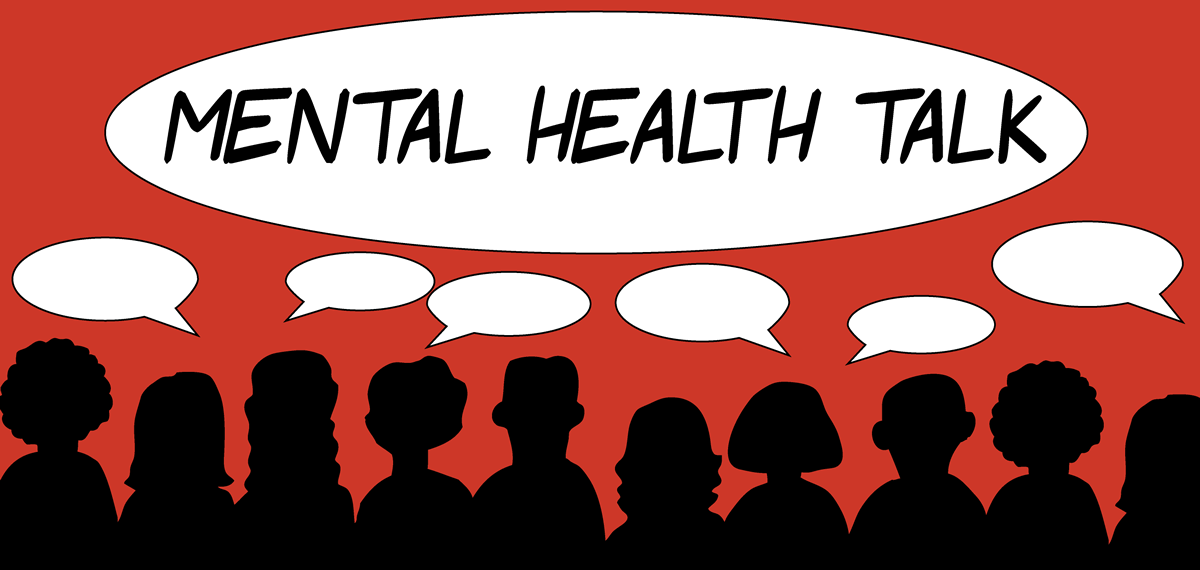This site was home to over 260 stories by guest bloggers who generously shared their experiences with mental health—what they lived through, what they learned, and what they wanted others to know.
In July 2025, Mental Health Talk will be respectfully retired.
Thank you to everyone who contributed a story, read along, or supported this space. Your voices helped create a community rooted in honesty, courage, and connection.
Love,
Trish
